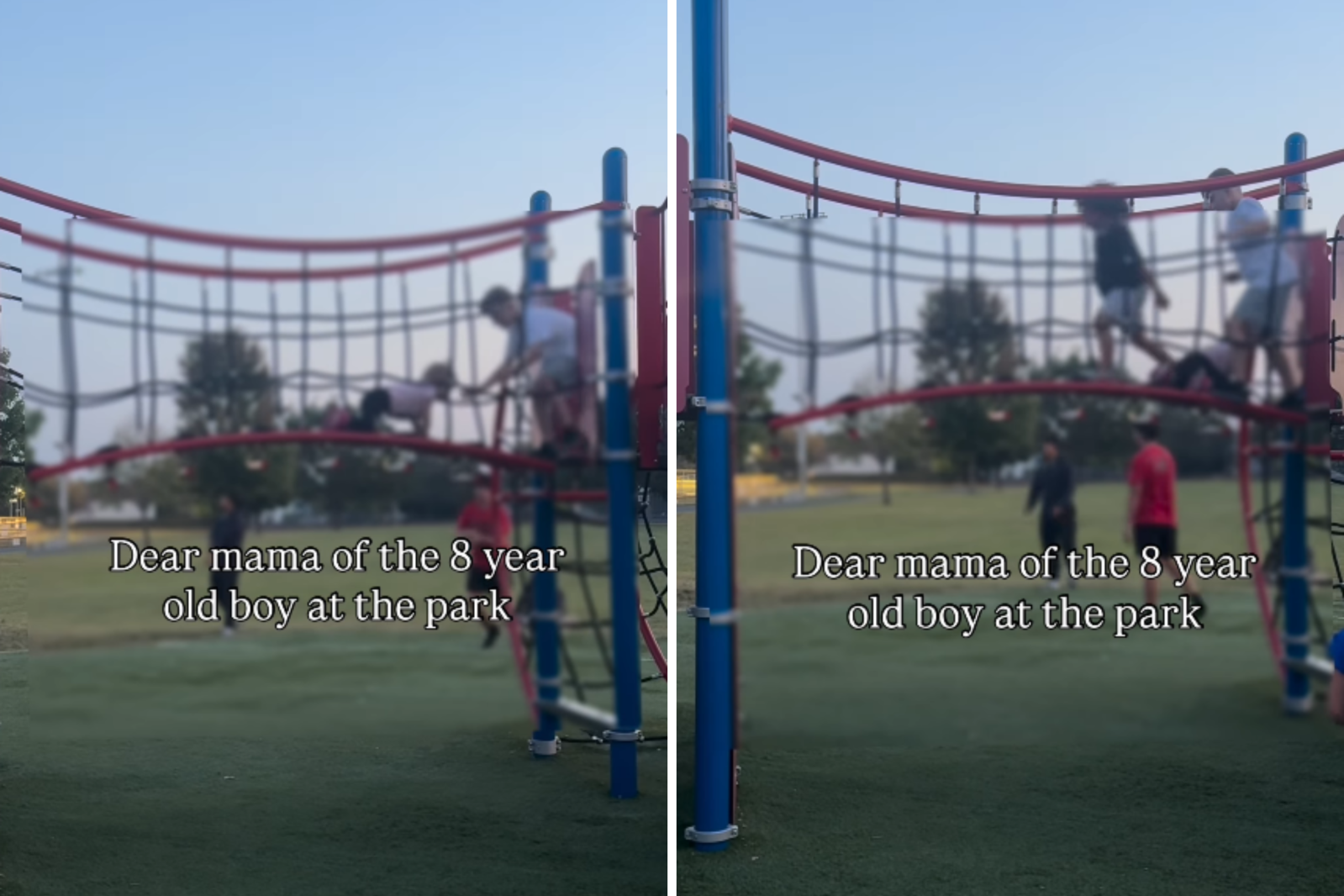Striving to remove barriers that prevent us from building Vibrant, Diverse, Inclusive, Accessible Communities!

A parent recounts a moment at a neighborhood playground when an older child’s curiosity became the spark for genuine inclusion. What began as a hesitant question quickly turned into an invitation to play, setting a hopeful tone for how kids can welcome a peer with a disability when adults respond calmly and clearly.
After the parent offered a simple, age-appropriate explanation, the child returned to help with the slide and swing, then picked up hand cues like “more” and “all done,” teaching friends to do the same. The scene underscores how learning a few basics of American Sign Language can open doors to connection.
The story highlights why inclusive play matters for children who use walkers or wheelchairs and for kids who communicate with signs or devices. Real problems often stem from stigma, inaccessible equipment, and adults’ fear of saying the wrong thing—barriers that can be removed through design and culture, as shown in examples of inclusive playground design.
The parent closes with a message to other families: conversations at home and modeled behavior shape how children show up for one another. A little guidance equips kids to lead with empathy—small acts of everyday advocacy that make parks, classrooms, and communities more welcoming.
Read the Full Article: Mom Gets Question About Disabled Daughter—Unprepared for What Kids Do Next
by: Daniella Gray
Share or Print with:

